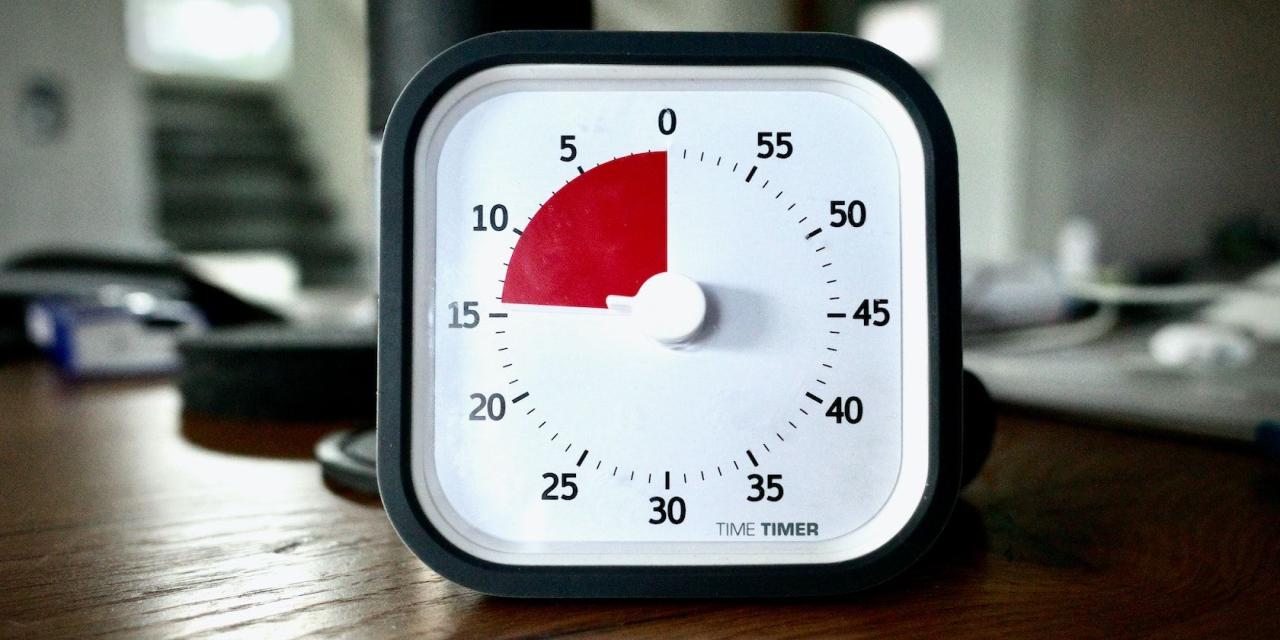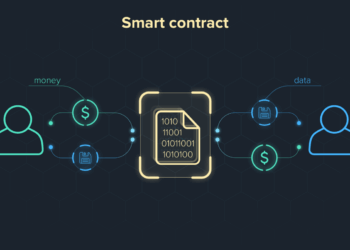In an era defined by constant notifications, multitasking demands, and the relentless pull of digital distractions, the ability to focus has become a rare and valuable skill. Our modern lives are a battlefield for attention, and the constant barrage of alerts from our phones, emails, and social media platforms can fragment our minds, making it nearly impossible to engage in deep, meaningful work. This perpetual state of partial attention leads to stress, burnout, and a nagging sense that despite being busy, we aren’t truly productive. The search for a solution has led millions back to a simple, elegant time management method: the Pomodoro Technique. What began as a kitchen timer experiment has now blossomed into a full-scale digital revolution, transforming how we approach our daily tasks and reclaim our most valuable resource—our time.
The Genesis of a Productivity Powerhouse

The Pomodoro Technique was born in the late 1980s, conceived by then-university student Francesco Cirillo. Struggling to stay on top of his studies, he sought a way to combat procrastination and improve his concentration. He grabbed a tomato-shaped kitchen timer—hence the name “Pomodoro,” the Italian word for tomato—and set it for 25 minutes. His rule was simple: for those 25 minutes, he would work on a single task with absolute, unwavering focus. When the timer rang, he would take a short break. After four consecutive “pomodoros,” he would reward himself with a longer break. This simple, rhythmic pattern of focused work and planned rest proved to be a powerful antidote to his productivity woes.
The technique’s genius lies in its simplicity and its psychological foundation. It doesn’t ask for a complete overhaul of your life but instead introduces a small, manageable structure. By breaking large, intimidating projects into smaller, 25-minute chunks, it lowers the barrier to entry, making it easier to start. The built-in breaks are not just a reward; they are a critical component designed to prevent mental fatigue and maintain a high level of performance throughout the day. They allow the mind to rest and consolidate information, which is crucial for creative problem-solving and long-term retention.
From Mechanical Ticking to Digital Precision
For decades, the Pomodoro Technique was a niche method, practiced with physical timers. The advent of the smartphone and the app ecosystem, however, provided the perfect platform for its mass adoption. A physical timer is limited; it can only time. A digital app, on the other hand, can do so much more. The transition from a simple kitchen timer to a sophisticated software tool marks a significant evolution in personal productivity, offering enhanced functionality, customization, and data-driven insights that a manual process could never provide. This digital transformation is what has truly sparked the Pomodoro App Revolution.
The first generation of Pomodoro apps were simple digital timers mimicking their physical predecessors. But as technology advanced, so did the apps, integrating a vast array of features that cater to the complex needs of the modern worker. They became more than just a timer; they evolved into comprehensive productivity hubs designed to streamline entire workflows and keep users engaged.
Essential Features of Modern Pomodoro Apps
The best Pomodoro apps today are not just about the timer. They are feature-rich platforms that address the full spectrum of productivity challenges. They take the core concept and amplify its effectiveness through smart design and powerful integrations. Here are some of the most critical features that have defined the Pomodoro App Revolution:
A. Customizable Timers and Sessions. While the classic 25/5 minute split is a great starting point, modern apps understand that one size doesn’t fit all. They allow users to customize their work and break intervals. Whether you prefer a more intense 50-minute work session or a shorter 15-minute burst, these apps provide the flexibility to adapt the technique to your specific needs and energy levels.
B. Integrated Task Management. The most powerful Pomodoro apps seamlessly integrate with a to-do list. Instead of manually tracking tasks, users can link a specific task to a pomodoro session. This feature not only provides a clear focus for the current work block but also allows for easy tracking of how many pomodoros a particular task requires, helping with future planning and project estimation.
C. Detailed Analytics and Reports. This is where the digital advantage truly shines. Pomodoro apps track your sessions over time, providing valuable data on your work habits. You can see how many pomodoros you completed each day, which tasks consumed the most time, and identify your most productive hours. These insights are invaluable for self-improvement, allowing you to optimize your schedule and work patterns.
D. Distraction Blocking. The core of the Pomodoro Technique is uninterrupted focus. Many apps now include built-in features to help enforce this. They can block access to distracting websites or apps (like social media or news sites) during a work session, acting as a digital bouncer that keeps you on track. This feature is particularly useful for those who struggle with digital self-control.
E. Ambient Soundscapes and Focus Music. To help create an environment of concentration, many apps offer curated sound libraries. These can range from calming natural sounds like rain or a coffee shop ambiance to specially designed focus music that helps the brain enter a state of deep work without being distracted by lyrics or melody.
F. Gamification and Achievements. To make the process more engaging and less monotonous, many apps incorporate gamification elements. Users can earn points, badges, or “grow a digital tree” with each completed pomodoro. This turns productivity into a fun challenge, providing a positive feedback loop that motivates users to maintain their new habits.
G. Cross-Device Synchronization. In our multi-device world, a good Pomodoro app needs to work everywhere you do. Synchronization across your smartphone, tablet, and desktop ensures that your tasks, timers, and progress are always up-to-date, no matter which device you’re using.
H. Team and Collaborative Features. For teams and remote workers, some advanced apps allow for shared pomodoro sessions, visible progress tracking, and group reporting. This fosters a sense of collective focus and accountability, particularly useful in environments where team members need to work synchronously on shared goals.
The Pomodoro Lifestyle
Adopting a Pomodoro app is more than just downloading a new tool; it’s a commitment to a new way of working. It’s a structured approach to reclaiming control over your time and your attention. Here’s how to integrate it effectively into your life:
A. Identify Your Tasks. Before you start a pomodoro, clearly define what you will work on. Avoid vague goals like “work on the report.” Instead, break it down: “write the introduction,” or “research statistics for section two.”
B. Commit Fully. For the duration of the 25-minute timer, commit to the task completely. Mute notifications, close unnecessary tabs, and resist the urge to check email “just for a second.”
C. Respect the Breaks. The breaks are not optional. Use the 5-minute interval to stand up, stretch, grab a glass of water, or simply stare out the window. Do not use it to check social media or respond to emails, as this can undo the mental rest you’re trying to achieve.
D. Track and Adjust. Use the app’s analytics to understand your habits. If you find yourself consistently getting distracted 15 minutes into a session, consider shortening your pomodoros to 20 minutes. If you’re a long-distance runner, try a 50/10 split. The data empowers you to optimize the system for your unique needs.
The Future of Focused Work
As we move forward, the Pomodoro App Revolution will continue to evolve. We can expect to see more integration with artificial intelligence, which could analyze our productivity patterns and proactively suggest optimal work-rest intervals. These apps might also integrate with biometric data from smartwatches to detect signs of mental fatigue and recommend a break. The trend is clear: these tools are becoming smarter, more personalized, and more deeply integrated into the fabric of our digital lives. They are not just about managing time; they are about training our brains to focus, to be present, and to find a sense of calm and control in a world that is constantly pulling us in a thousand different directions.
Conclusion
The Pomodoro App Revolution is more than a simple trend; it represents a fundamental shift in our collective approach to productivity. It takes a time-tested, analog method and supercharges it with the power of modern technology, creating tools that are not only functional but also intelligent, customizable, and deeply insightful. What started as a simple kitchen timer has evolved into a sophisticated digital companion that helps millions of people worldwide combat procrastination, conquer distractions, and achieve a state of deep, focused work.
In a world where attention is the new currency, mastering the ability to concentrate is paramount. The Pomodoro apps are the enablers of this mastery. They provide a structured framework to navigate the chaos of our digital lives, breaking down overwhelming tasks into manageable steps and building in essential rest periods to prevent burnout. They are a testament to the idea that sometimes, the most complex problems—like information overload and perpetual busyness—can be solved with a deceptively simple solution. By adopting this technique and leveraging the power of these apps, individuals can not only increase their output but also enhance the quality of their work and reclaim a sense of control over their days. The revolution is about a greater purpose: fostering a healthier, more sustainable relationship with our work, one focused sprint at a time. It’s about moving from a state of reactive business to one of proactive, intentional productivity, ultimately leading to a more fulfilling and less stressful life. The Pomodoro app is the gateway, and the revolution has just begun.













